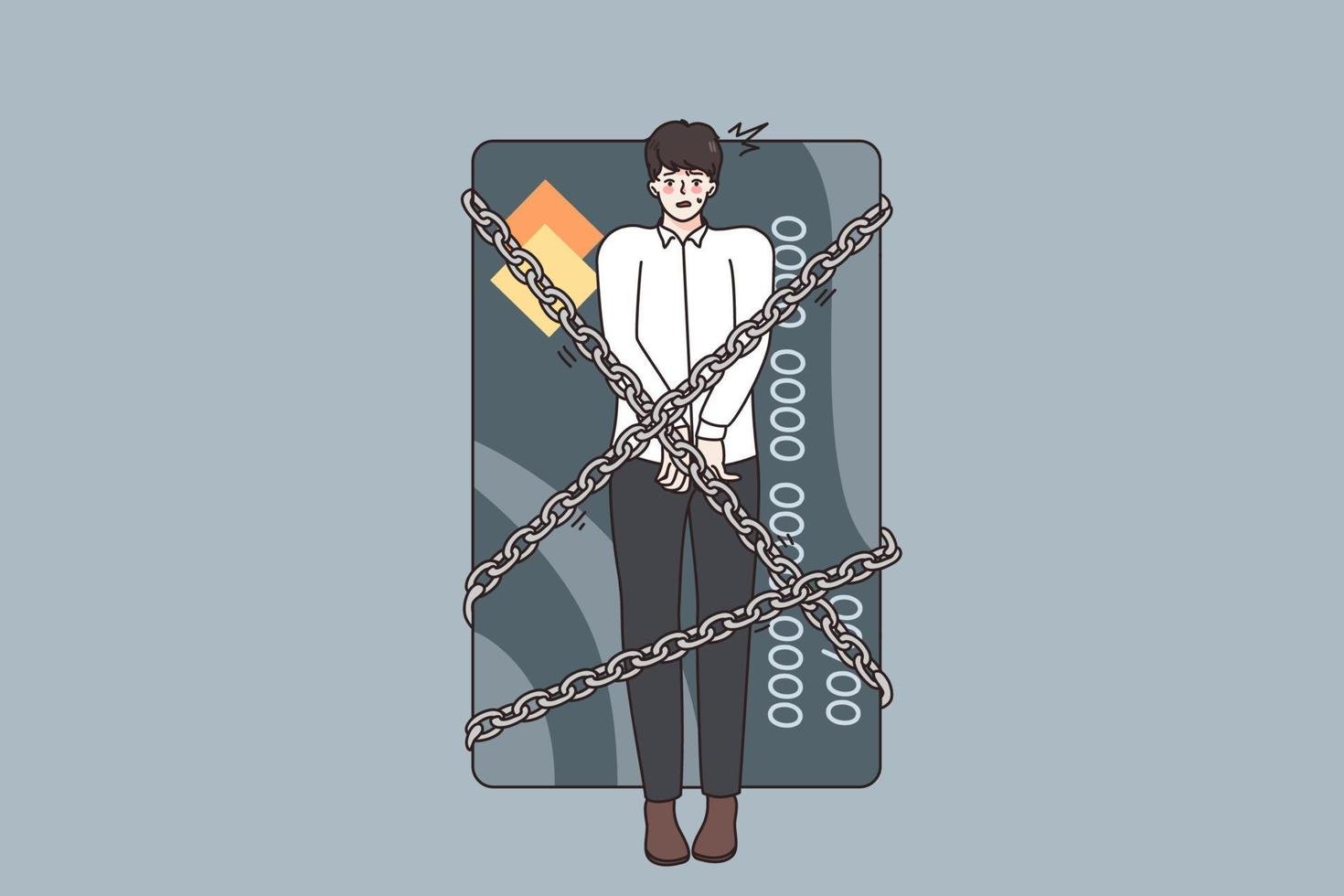Staff Reporter
Credit card defaults in the United States have surged to their highest rate since the 2008 financial crisis during the first nine months of 2024, according to data from BankRegData reported by the Financial Times.
Lenders have had to write off $46 billion in severely delinquent debt balances through September 2024, marking a 50% increase from the same period last year and reaching the highest level in 14 years.
Making matters worse, Moody’s Analytics reveals that individuals in the lowest income bracket have exhausted their savings and now have nothing left.

While banks lack data for the fourth quarter, the Financial Times highlights concerning trends regarding the financial health of American consumers.
Banks have yet to release their fourth-quarter figures, but early indicators suggest that more consumers are falling behind on their debts. Capital One, the third-largest credit card lender in the U.S. after JPMorgan Chase and Citigroup, announced that as of November, its annualized credit card write-off rate—reflecting the percentage of loans deemed unrecoverable—rose to 6.1%, up from 5.2% a year prior.
Odysseas Papadimitriou, head of consumer credit research firm WalletHub, noted, “Consumer spending power has been diminished.”
After the coronavirus pandemic, many Americans found themselves with substantial cash reserves, bolstered by high levels of stimulus spending. However, credit card balances began to rise dramatically in 2022 and 2023. This surge in consumer spending, coupled with supply chain disruptions and excessive expenditures, contributed to soaring inflation.
In response to rising debt levels, the Federal Reserve has raised interest rates, leading to higher credit card rates and increased borrowing costs. As a result, Americans paid $170 billion in interest in the year leading up to September 2024.
Many individuals have held out hope that the Federal Reserve would cut interest rates to lower borrowing expenses. However, the Fed has projected that it may only reduce rates by half a percentage point in 2025.

